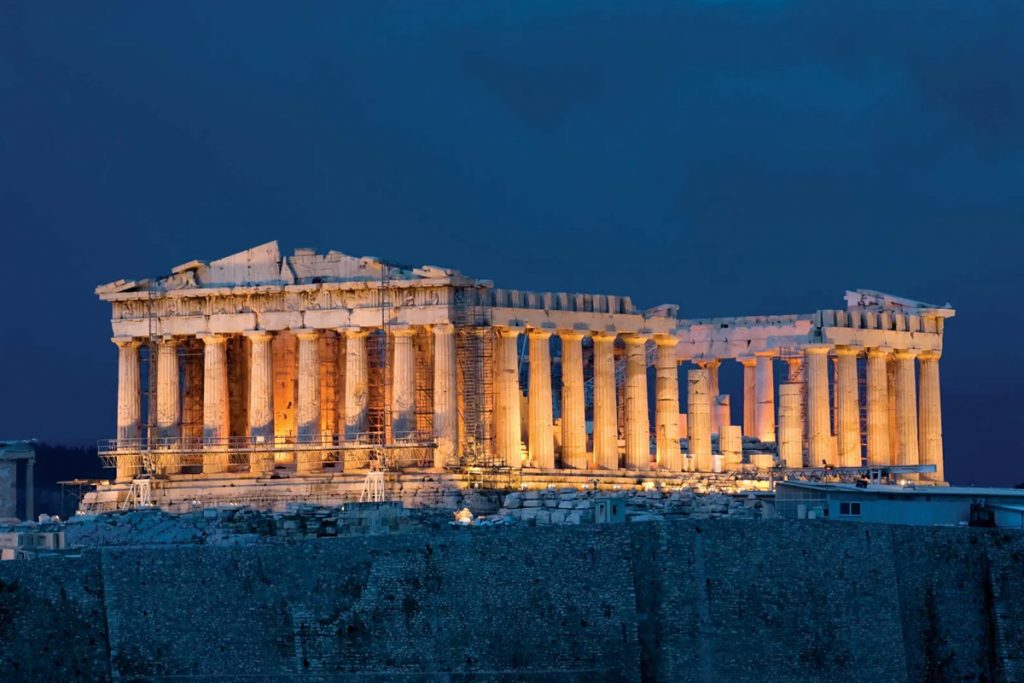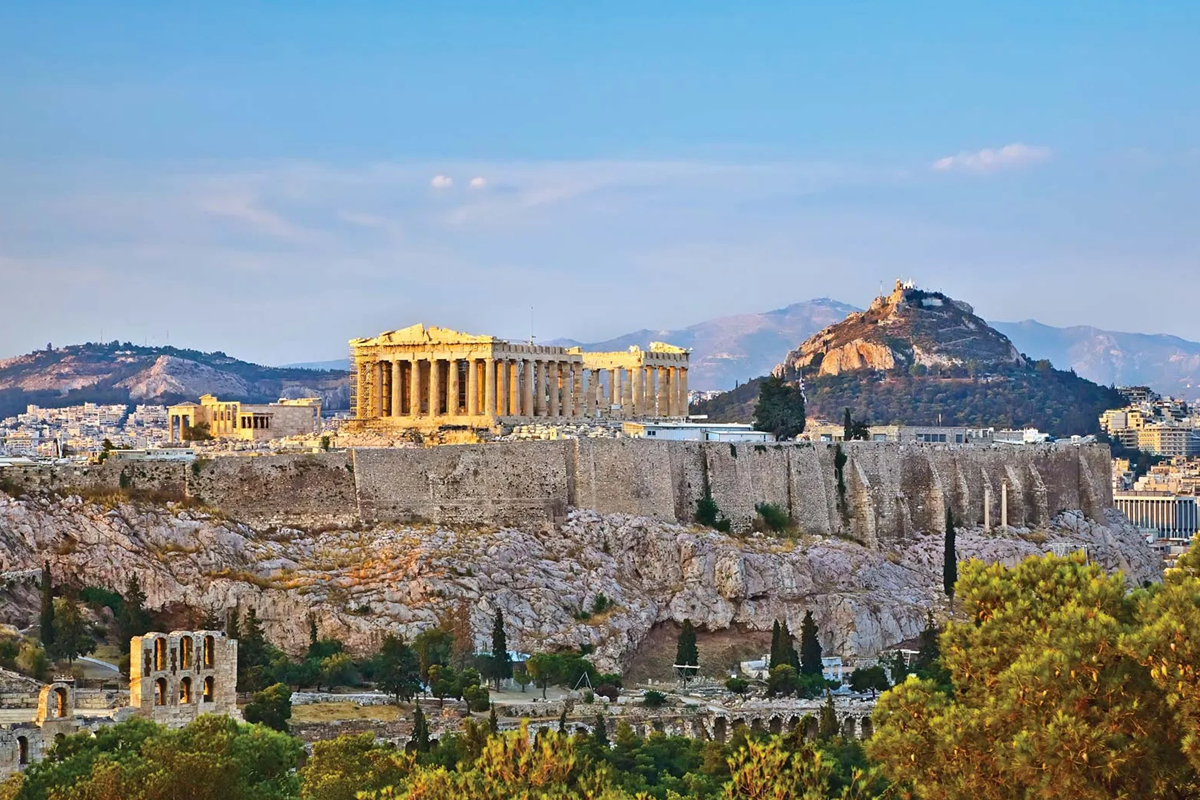We may earn money or products from the companies mentioned in this post.
The Parthenon was built in 447 BC and remains today as one of ancient Greece’s most unique and stunning architectural treasures. It is considered the perfect embodiment of the classical form of Greek architecture, adapting the pillars, friezes, and iconic sculptural forms to create a space that can be appreciated by all visitors. This beautiful building was originally constructed to house a statue honoring Athena. Athena was the Greek Olympian goddess of wisdom and warfare, knowledge, handicrafts, and reason. She was also a protector of Athens, the leader of the city’s patron deity, and a symbol of civic unity.
The Athena Parthenon is currently one of Athens’ most recognizable landmarks; standing at approximately 39 meters (128 ft) high and about 75 meters (246 ft) long, it is a masterpiece of Ancient Greek architecture, which has remained so well preserved that it remains an icon for modern Greece. The building is symmetrical and in the center, a circular structure is surrounded by 36 Doric-style columns. The columns rise to 17 meters (56 ft) in height, each one carved from a single piece of stone. While the roof and ceiling are no longer part of the structure, their original style can still be appreciated as they were built to be decorated with sculptures, which have been lost over time. The pediments on the east and west sides of the structure feature figures representing Athena’s victory in the Centauromachy.
Parthenon is known for its architectural mastery in shaping a perfect Doric structure, as well as its artistic beauty and the importance of the sculptures that adorned the structure. The Parthenon was constructed on top of the remains of an earlier temple dedicated to Athena, which had been built upon even older foundations dating back to the Mycenaean period. This first temple was destroyed by Persian invaders who burned it down in 480 BC.

Hi~Living Deals from "NEST New York"

